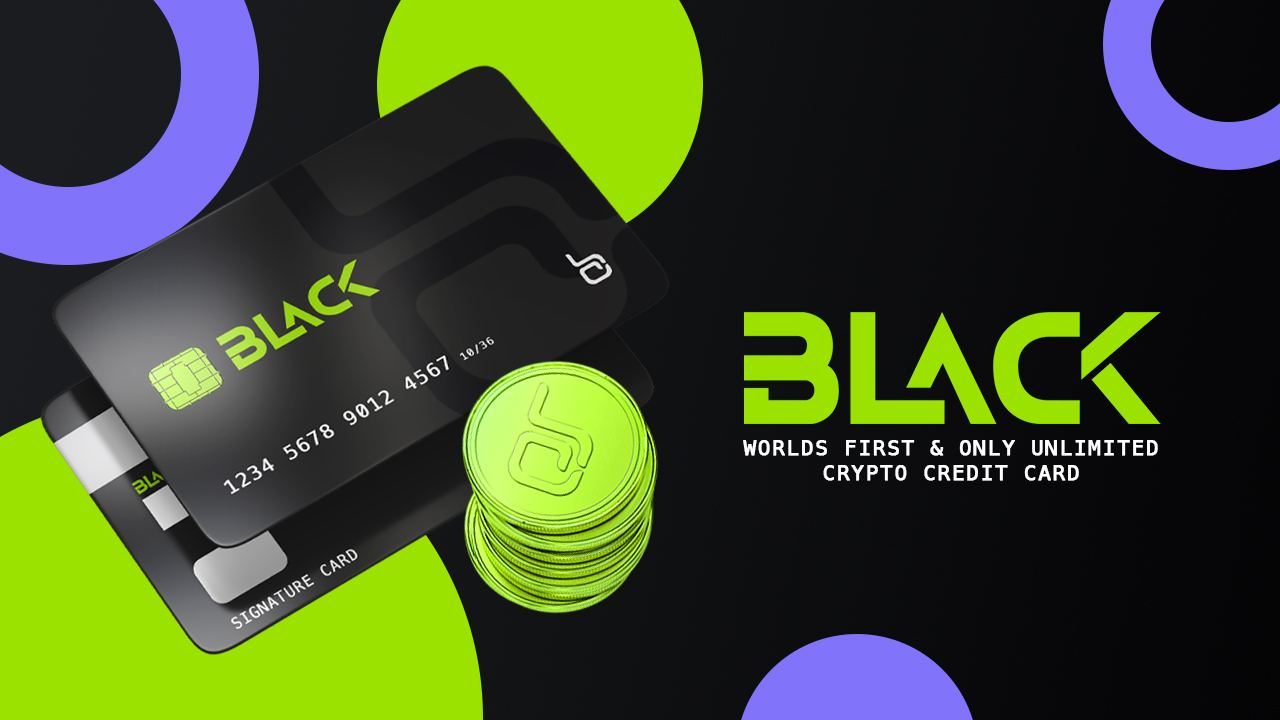Success in DEX? Fast growing crypto exchanges can hurt traders
With the rise of various meme coins over the past year, a flood of decentralized exchanges (DEXs) has continued to emerge, seemingly accumulating huge amounts of liquidity overnight. As a result, in the past few weeks, some security companies have begun to question the overall security and transparency of these platforms.
For example, the ShibaSwap DEX, which has benefited from the burgeoning popularity of the Dogecoin style (DOGE) with its Shiba Inu (SHIB) native token, recently accumulated a Total Locked Value (TVL) that exceeded $ 1 billion in one year. Dollar was introduced day. This raises questions about the DEX’s liquidity metrics, especially as the design of the protocol was underestimated by platform reviewer DeFi Safety.
The original company scored ShibaSwap’s original security standard was only 3%, well below the platform’s minimum inventory threshold of 70%. However, following an audit by Certik, a company that previously worked with others in the industry like Neo, Crypto.com, and Ontology, DeFi Safety increased ShibaSwap’s score by 35%.
Solidity developer Joseph Schiarizzi recently issued a serious warning about staking contracts for such untested platforms, a concern that too to repeat by DeFi Watch analyst Chris Blec.
Blec stated that if, for example, the migration functionality of a ShibaSwap smart contract remains under the control of an individual, it is likely that the contract holder could initiate a “” new “migration functionality” that would allow them to take full control of the token – Obtain the platform’s pool.
Attention users
To better understand how secure – or not – some of these new DEXs are, Cointelegraph reached out to Red, a community moderator for the decentralized productivity aggregator Harvest Finance. In his view, since the beginning of Initial Coin Offering – and now Yield Farming – all newly launched projects seem to have acquired the ability to mint tokens from scratch and create market value, simply adding promise and hype, but with very little substance :
“Lately, a lot of DEXs have sprung up in the DeFi space promising to be the next best protocol and offering massive amounts of token rewards in exchange for liquidity, but as we saw recently, this area is full of scams and” manipulation ” entangled, they lure people with promises just to steal their money and leave worthless tokens behind. “
Without talking directly about a project, Red claims that any time funds pour into a log too quickly, it usually indicates that its users are doing very little due diligence. “Even if the developers’ intentions are good, a bug in any code that is quickly deployed can hurt anyone,” he said.
Antoni Trenchev, co-managing director of digital asset lending platform Nexo, told Cointelegraph that there are two main methods of assessing the security of automated coin generators and DEXs:
“If the contract is a branch of an older platform like Uniswap, you need to check whether the contract has been changed. Second, how is the original contract tested and set up? Usually these can be easily verified by savvy tech users with smart contracts, but the process is very different for everyday users. “
Are DEXs artificially exaggerating their TVL numbers?
People who provide the platform with liquidity are often rewarded with token-based incentives. According to Trenchev, this operating model is a powerful tool for many developers to share their success with their supporters and users. He added that the method has been able to attract large capital inflows thanks to the pioneering efforts of loan protocols like Compound.
However, over the past few months, a growing number of users have simply taken an interest in the incentive side of things and withdrew their fortune as soon as their rewards are released. “Clusters can attract liquidity, but in the long run the only way to maintain it is to develop sustainable products, services and experiences that people want,” Trenchev said.
Ross Middleton, co-founder and chief financial officer of DeversiFi, a bi-directional trading platform for decentralized finance (DeFi), told Cointelegraph that low-cost DEXs have the ability to artificially increase their volume because trading has very little economic cost, namely:
“Since ShibaSwap is based on Ethereum, traders are still paying gas fees for the swap and therefore the swap volume could be real. The swap volume can also be driven by traders swapping tokens to get the exact token ratio needed to provide liquidity to the DEX and earn liquidity mining rewards. “
According to Middleton, the real test for ShibaSwap will be whether it can maintain its current trading volume for an extended period of time, especially as the protocol’s mining rewards are continuously tapped.
However, he admitted that since ShibaSwap was able to forge a solid brand of its own, with a supposedly 300,000 strong supporter community, people can be very optimistic, if only temporarily. However, Uniswap’s lack of liquidity suggests to Middleton that ShibaSwap may not yet be able to capture the hearts and minds of Etherians.
Long term tests are a must
Although ShibaSwap was built on top of Ethereum for security reasons, its liquidity providers (LPs) are not exposed to the fundamental security risks that side chains or chains face. The fact remains, however, that such ecosystems have yet to be tested.
In Trenchev’s opinion, budding DEXs’ smart contracts with coins like DOGE and SHIB really need to stand the test of time before investors start putting money into them. “It would be nice to see an audit from Certik, but audits don’t cover everything and so LPs should be careful,” he says.
Hence, it will be interesting to see how this area continues to grow, especially as the DeFi market continues to grow in importance thanks to Ethereum’s recent and upcoming upgrades.
.
.












